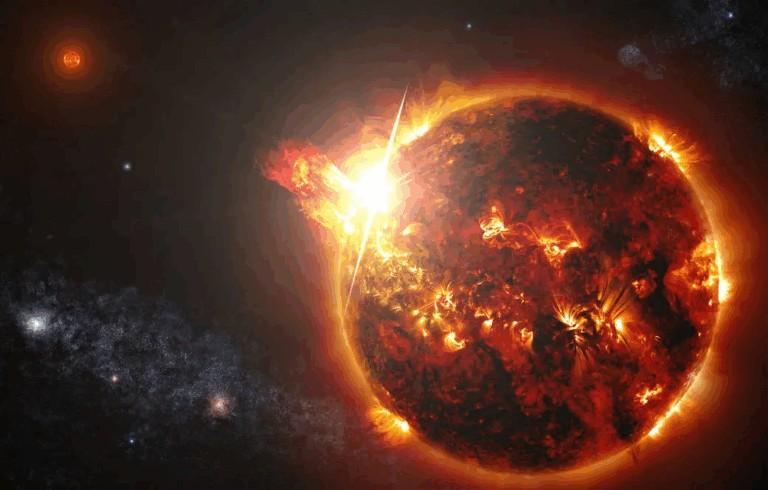
Comet 3I/ATLAS to leave Sun’s orbit, to be visible before dawn
The celestial world has been abuzz with the arrival of Comet 3I/ATLAS, a rare interstellar visitor that has been making its way through our solar system. This comet, which made its closest approach to the Sun on October 30, is now moving through the constellation Virgo and is expected to leave the Sun’s orbit soon. For skywatchers and astronomy enthusiasts, this is a unique opportunity to catch a glimpse of this rare comet before it disappears into the vast expanse of space.
Comet 3I/ATLAS is a special comet, not just because of its interstellar origins, but also because of its unusual trajectory. Unlike most comets that originate from within our solar system, Comet 3I/ATLAS is thought to have come from outside our solar system, making it a rare and exciting discovery for scientists and astronomers. The comet’s close approach to the Sun on October 30 marked a significant milestone in its journey, and now it is moving away from the Sun, providing a unique opportunity for skywatchers to observe it.
For those who want to catch a glimpse of Comet 3I/ATLAS, the Virtual Telescope Project is offering a live streaming session on November 18 at 04:15 UTC. The live stream will be broadcast from Italy, providing a unique opportunity for people around the world to observe the comet from the comfort of their own homes. The comet is expected to be visible in the pre-dawn sky, and with a faint magnitude of +10.9, it will require at least an 8-inch telescope to spot.
The Virtual Telescope Project is a great way for people to observe the comet without having to leave their homes or invest in expensive telescope equipment. The live stream will provide a high-quality view of the comet, allowing viewers to see its tail and other features in stunning detail. The project is a collaboration between astronomers and telescope operators, who work together to provide live streaming sessions of celestial events, including comet sightings, planetary alignments, and asteroid flybys.
Comet 3I/ATLAS is a small comet, estimated to be about 1 kilometer in diameter. Despite its small size, the comet has been visible to astronomers and skywatchers for several weeks, providing a unique opportunity to study its composition, trajectory, and behavior. The comet’s interstellar origins make it a fascinating object of study, as it provides a window into the formation and evolution of our solar system and the surrounding interstellar medium.
The discovery of Comet 3I/ATLAS has generated significant interest and excitement among astronomers and skywatchers. The comet was first detected in June 2019, and since then, it has been closely monitored by astronomers around the world. The comet’s close approach to the Sun on October 30 marked a significant milestone in its journey, and now it is moving away from the Sun, providing a unique opportunity for skywatchers to observe it.
For those who want to observe Comet 3I/ATLAS, it is essential to have the right equipment and to know where to look. The comet is currently moving through the constellation Virgo, and it will be visible in the pre-dawn sky. With a faint magnitude of +10.9, the comet requires at least an 8-inch telescope to spot, making it a challenging object to observe for amateur astronomers.
Despite the challenges, observing Comet 3I/ATLAS is a unique opportunity that should not be missed. The comet’s interstellar origins and unusual trajectory make it a fascinating object of study, and its close approach to the Sun provides a unique opportunity to observe its behavior and composition. For skywatchers and astronomy enthusiasts, the live streaming session on November 18 at 04:15 UTC is a great way to observe the comet without having to leave their homes or invest in expensive telescope equipment.
In conclusion, Comet 3I/ATLAS is a rare and exciting discovery that provides a unique opportunity for skywatchers and astronomy enthusiasts to observe an interstellar comet up close. With its close approach to the Sun on October 30 and its current movement through the constellation Virgo, the comet is a fascinating object of study that should not be missed. The live streaming session on November 18 at 04:15 UTC provides a great way to observe the comet, and with the right equipment and knowledge, skywatchers can catch a glimpse of this rare and exciting celestial event.
News Source: https://www.newsbytesapp.com/news/science/interstellar-comet-3iatlas-just-swung-by-the-sun-heres-how-to-catch-it/tldr



